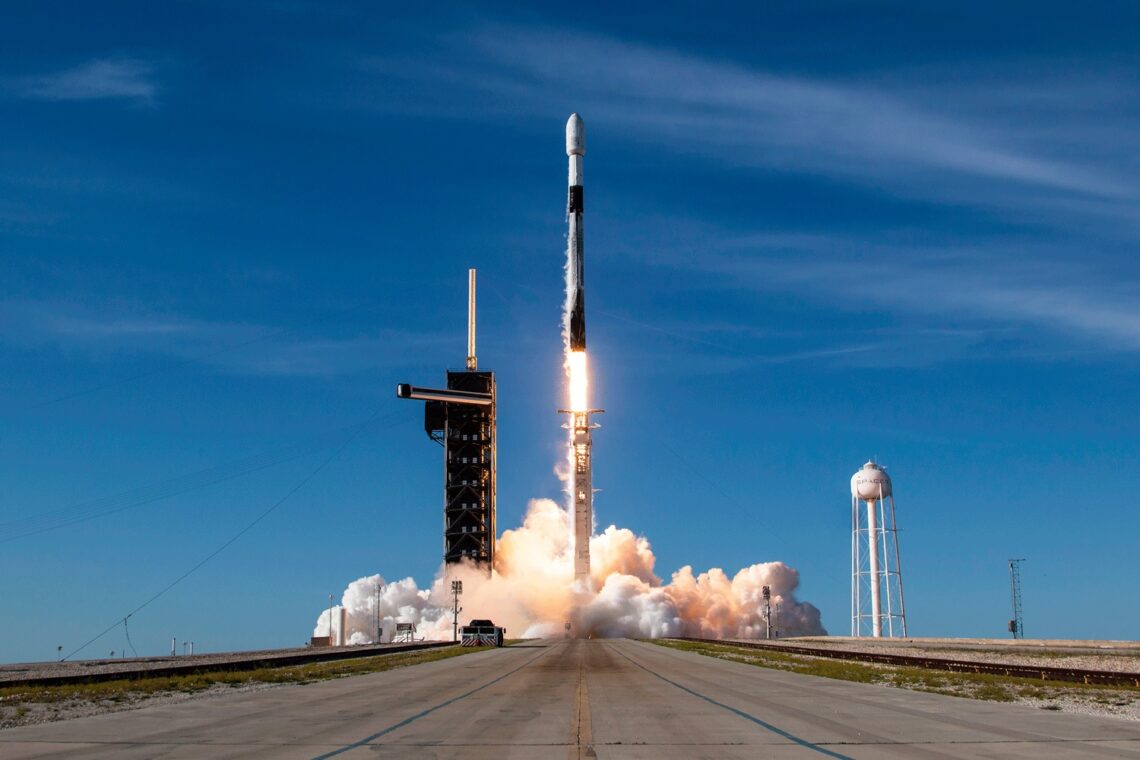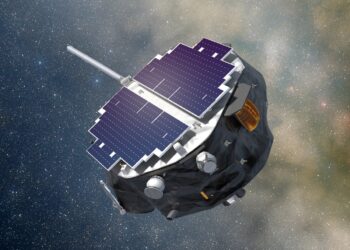TAMPA, Fla. — SpaceX launched Eutelsat’s latest geostationary satellite March 30 on a trip due to take around half a year to a geostationary orbit slot over Africa and Eurasia.
A Falcon 9 rocket carrying the roughly 5,000-kilogram Eutelsat 36D lifted off 5:52 p.m. Eastern from Launch Complex 39A at Kennedy Space Center, Florida, and placed the satellite into a geostationary transfer orbit 34 minutes later.
Eutelsat 36D is based on the all-electric Airbus Eurostar Neo platform and equipped with 70 physical Ku-band transponders for providing TV and government connectivity services from 36 degrees East. The satellite has a steerable antenna and is set to replace French fleet operator Eutelsat’s aging Eutelsat 36B satellite.
Eva Berneke, Eutelsat’s CEO, said Eutelsat 36D is on track to start commercial services in the second half of 2024, after reaching position and completing health checks.
The satellite would be co-located with Ekspress-AMU1, also known as Eutelsat 36C, which Russia’s RSCC operates. Ekspress-AMU1 is one of the satellites Eutelsat leases capacity from to have been caught up in sanctions amid Russia’s war in Ukraine.
Reuse anniversary
The rocket’s first stage landed as planned on a droneship in the Atlantic Ocean post-launch, marking the 273rd time SpaceX has returned a Falcon 9 booster for reuse.
SpaceX launched its first reused Falcon 9 booster for a customer seven years earlier in a mission for SES of Luxembourg March 30, 2017.
The Eutelsat 36D launch also marked SpaceX’s 30th mission this year.
But less than four hours later, SpaceX launched a batch of satellites for its Starlink low Earth orbit (LEO) broadband constellation from a nearby pad at the Cape.
SpaceX had planned to launch another set of Starlink satellites March 30 from Vandenberg, California, but scrubbed this mission because of poor weather.
Alongside 35 geostationary satellites, Eutelsat operates a network of more…
Read the full article here



